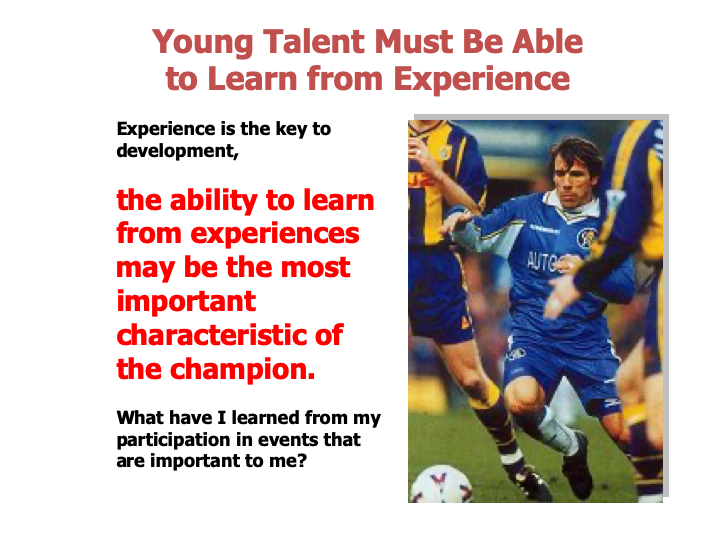Morganti, G.; Brustio, P.R.; Ruscello, B.; Apollaro, G.; Padua, E.; Kelly, A.L. Birth Advantages in Male Italian Soccer: How They Influence Players Youth Career and Their Future Career Status. Sports 2024, 12, 103.
Soccer organizations generally adopt deterministic models within their talent pathways. In this framework, early ability and results are emphasized, leading to selection biases, such as birth advantages (i.e., relative age effects and birthplace effects), which research has shown affect both early developmental experiences and continued sporting involvement.
Accordingly, this study aimed to (a) provide further test of birth advantages in Italian youth soccer by exploring the birth quarter (BQ) and birthplace (BP) distribution of 1050 male Italian players born between 1999 and 2001 who competed in the national U17 championship throughout the 2015–16 season and (b) investigate how birth advantages influenced selected players’ future career status.
Chi-square goodness-of-fit tests revealed early born players, and players born in North Italy were overrepresented at the youth level (p-values < 0.0001). Successive prospective analysis revealed only 18% of players developed into professional-level soccer players. Chi-square tests of independence indicated that players’ BP was associated with their future career status (p < 0.0001), whereas their BQ was not (p = 0.459). Odds ratios showed players born in North Italy were five times more likely to complete the youth-to-senior transition than those born in South Italy.
These findings highlighted environmental factors influence Italian players’ early developmental experiences and their future career status.






